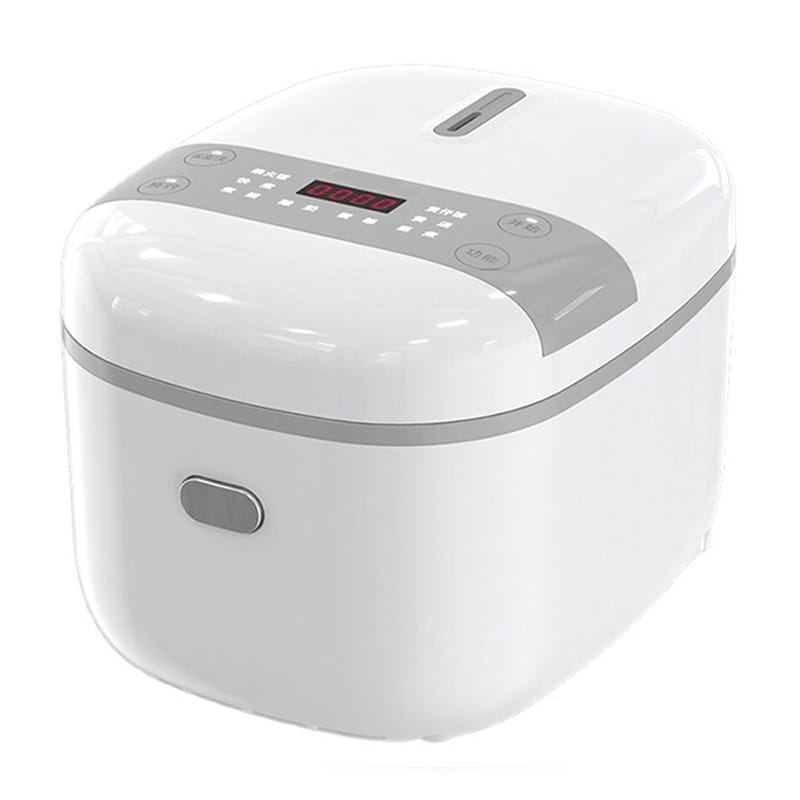Control systems in
rice cooker are responsible for regulating the cooking process to ensure that the rice is cooked properly and consistently. These control systems use various components and technologies to monitor and manage factors such as temperature, time, and moisture. Here are the key control systems commonly used in rice cookers:
Temperature Control: Temperature control is one of the most critical aspects of rice cooker control systems. It involves monitoring the temperature inside the cooking chamber and adjusting the heating element's power to maintain the desired cooking temperature. This control ensures that the rice is cooked evenly and without burning.
Timer Control: Timer control allows users to set the cooking time for their rice cooker. The control system counts down the time and switches off the heating element when the set time is reached. Some advanced rice cookers may have multiple cooking presets with predefined time settings for different types of rice.

Fuzzy Logic Control: Fuzzy logic control is a more advanced form of control that uses a microprocessor and sensors to adjust cooking parameters dynamically. It takes into account factors like rice type, initial water temperature, and humidity to make real-time adjustments to cooking time and temperature. This results in consistently well-cooked rice, even with variations in ingredients and conditions.
Pressure Control (in some models): Pressure control is found in high-end rice cookers, often used for specialized rice varieties like sushi rice. These cookers can regulate the internal pressure to cook rice faster and achieve a particular texture. They have sensors and control algorithms to manage pressure and temperature simultaneously.
Keep Warm Function: The keep warm function is part of the control system and maintains the cooked rice at a slightly lower temperature once the cooking cycle is complete. This feature keeps the rice warm and ready to serve for an extended period without overcooking.
Safety Systems: Safety control systems are essential for preventing overheating and other potential hazards. These systems often include a thermal cutoff or fuse that disconnects power if the temperature inside the cooker exceeds a safe limit. Additionally, some rice cookers have boil-over protection to prevent spills.
User Interface: The user interface is the part of the control system that allows users to interact with the rice cooker. It typically includes buttons, digital displays, and indicators to select cooking modes, adjust settings, and monitor the cooking process.
Sensor Feedback: Temperature sensors, moisture sensors, and other sensors provide real-time feedback to the control system. This data is used to make necessary adjustments during the cooking cycle.
LED Indicators and Audio Alerts: Many rice cookers have LED indicator lights and audio alerts to signal the start, completion, or switching to the keep warm mode of the cooking cycle. These features improve user convenience.
The specific control system used in a rice cooker can vary based on the model and brand. Basic rice cookers may have simpler control systems, while high-end models often incorporate fuzzy logic and advanced sensors to provide more precise control over the cooking process. These control systems play a crucial role in producing consistently delicious and perfectly cooked rice.
